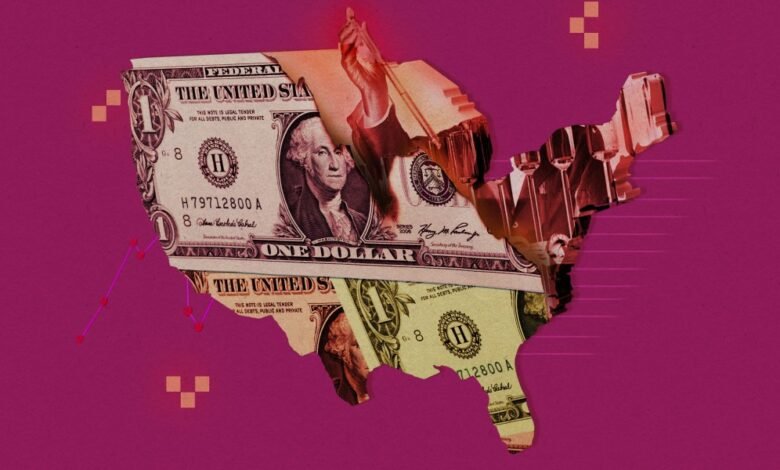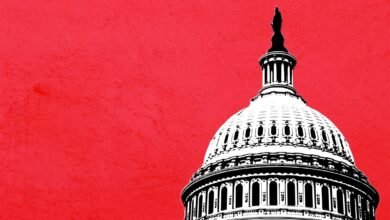The Download: Calculating R&D ROI and AI’s Creative Power

▼ Summary
– US federal funding for science is facing severe cuts, prompting questions about appropriate R&D spending levels and value.
– Economists have recently published papers using innovative approaches to analyze R&D investment returns.
– These studies conclude that R&D is one of the government’s best long-term investment opportunities.
– The article is part of MIT Technology Review’s series explaining complex technology topics and future developments.
– Related content explores economic issues including tariffs’ impact on manufacturing and AI’s effects on jobs and creativity.
With federal funding for scientific research facing significant reductions, a pressing financial question emerges: what is the appropriate level of investment in research and development, and what returns can we realistically expect from these expenditures? Recent economic studies have tackled this issue using innovative methodologies, and despite varying angles of inquiry, their findings consistently point to one clear conclusion, government investment in R&D delivers substantial long-term value, positioning it among the most effective uses of public funds.
Economists have employed fresh analytical techniques to measure the impact of scientific funding, moving beyond traditional metrics to capture both direct and indirect benefits. Their research underscores that R&D spending not only drives technological progress but also stimulates broader economic growth, job creation, and competitive advantages on a global scale. These returns often materialize over extended periods, reinforcing the importance of patience and sustained commitment to scientific advancement.
The debate over R&D investment comes at a critical juncture, as competing budgetary priorities and economic pressures challenge the allocation of public resources. Skeptics sometimes question whether taxpayer money is well spent on speculative or long-horizon research projects. However, the accumulating evidence suggests that the payoff, whether in the form of new industries, medical breakthroughs, or national security enhancements, frequently outweighs the initial costs.
Beyond economic returns, R&D investment fosters a culture of innovation that permeates various sectors of society. It supports education, attracts talent, and encourages private sector collaboration, creating a virtuous cycle of discovery and application. This ecosystem approach helps explain why regions with strong research infrastructure often experience accelerated development and resilience in the face of economic shifts.
In parallel, artificial intelligence is demonstrating its capacity to augment human creativity, offering tools that expand what’s possible in art, design, music, and problem-solving. Rather than replacing human ingenuity, AI serves as a collaborative partner, helping to generate ideas, refine concepts, and accelerate iterative processes. This synergy between human and machine creativity is opening new frontiers in both artistic and scientific domains.
The intersection of R&D investment and AI-driven innovation highlights a broader theme: societies that prioritize knowledge creation and technological adaptation are better equipped to navigate complex challenges. From addressing climate change to improving public health, the compounded benefits of research spending become increasingly evident over time.
As discussions about national budgets and strategic priorities continue, the case for robust R&D funding remains compelling. It represents not just an expenditure, but an investment in future capabilities, discoveries, and opportunities that can shape economic and social outcomes for decades to come.
(Source: Technology Review)



